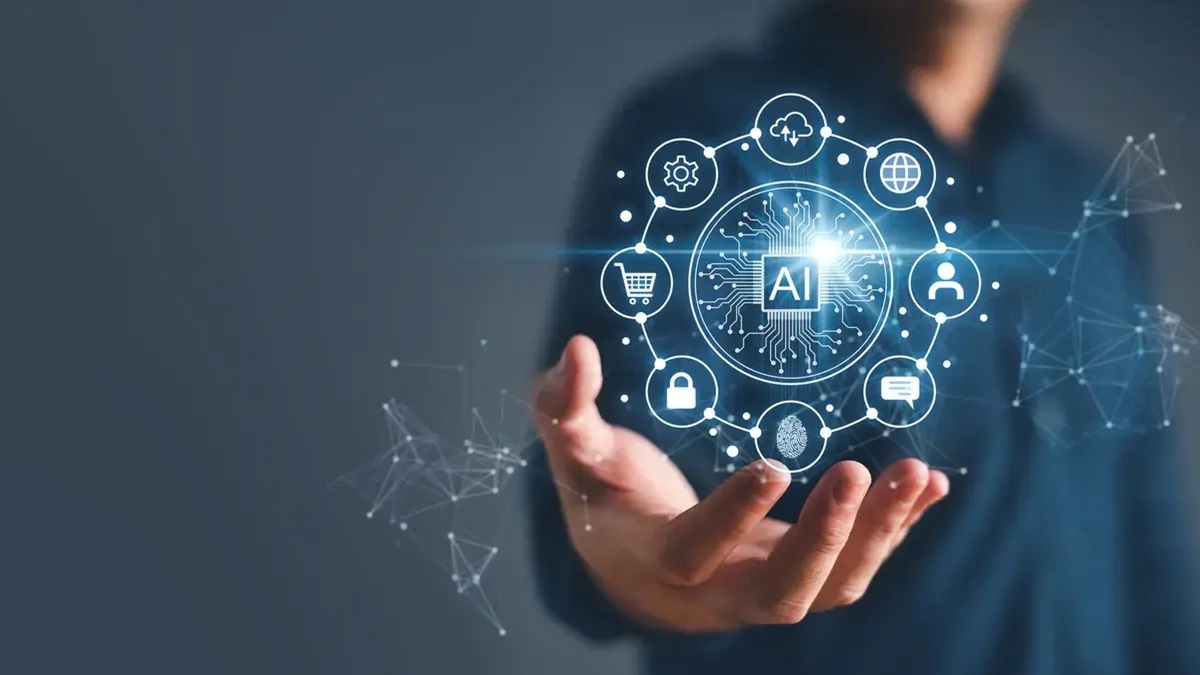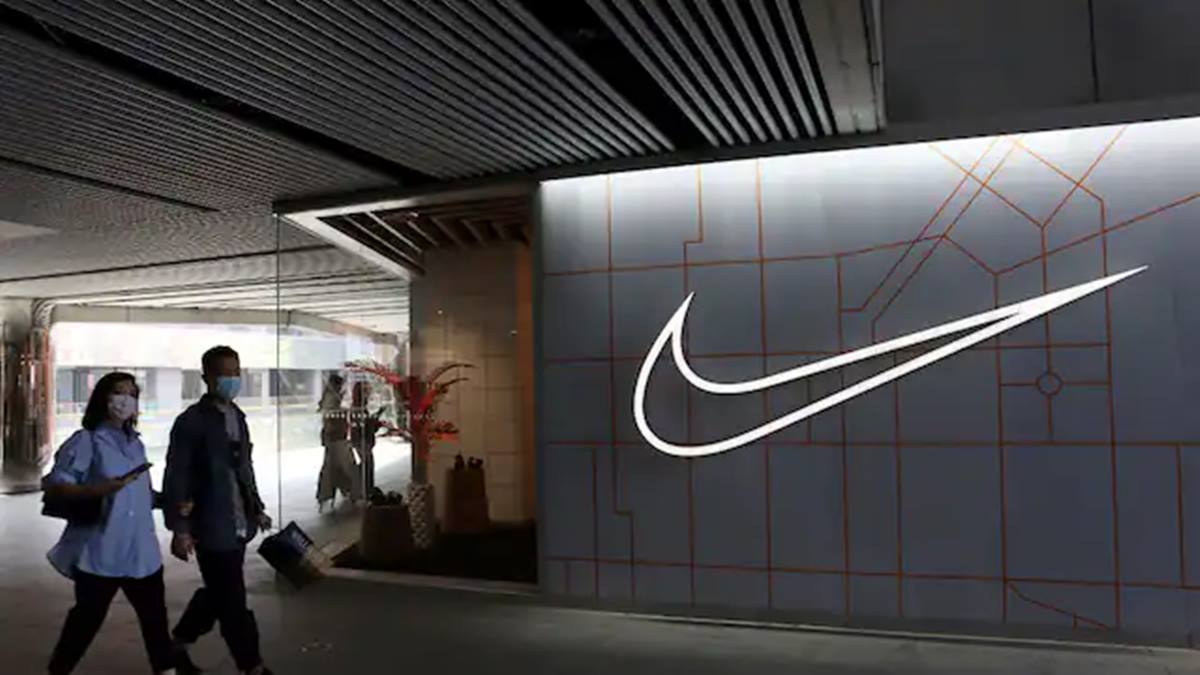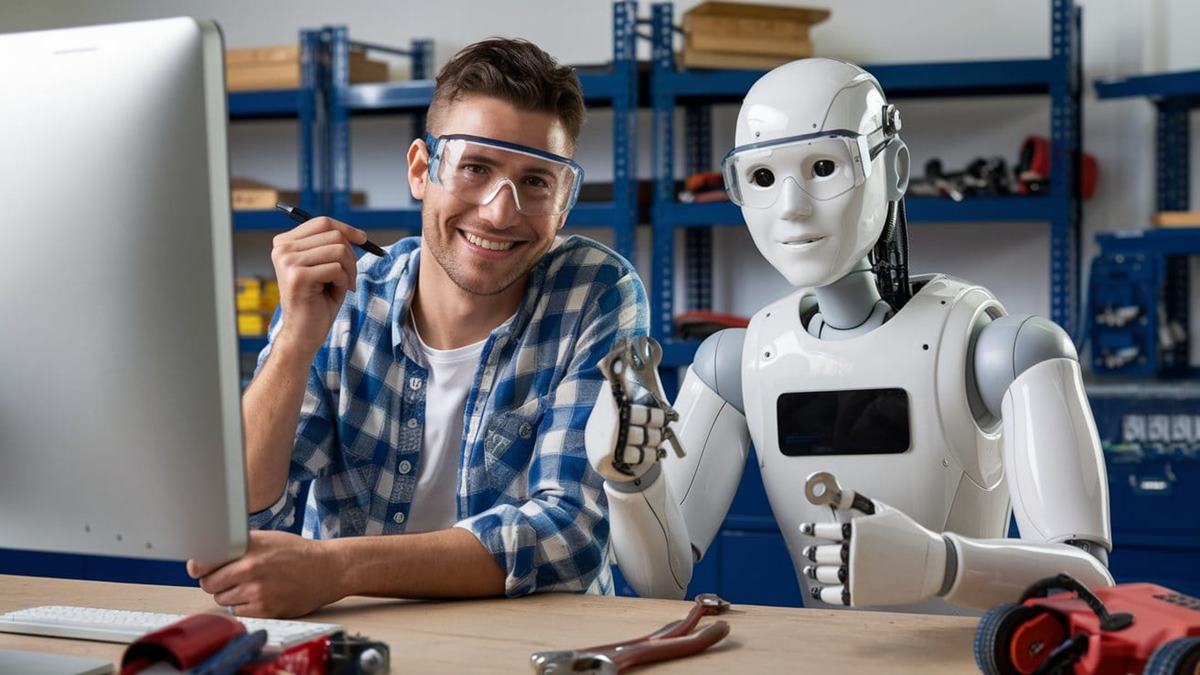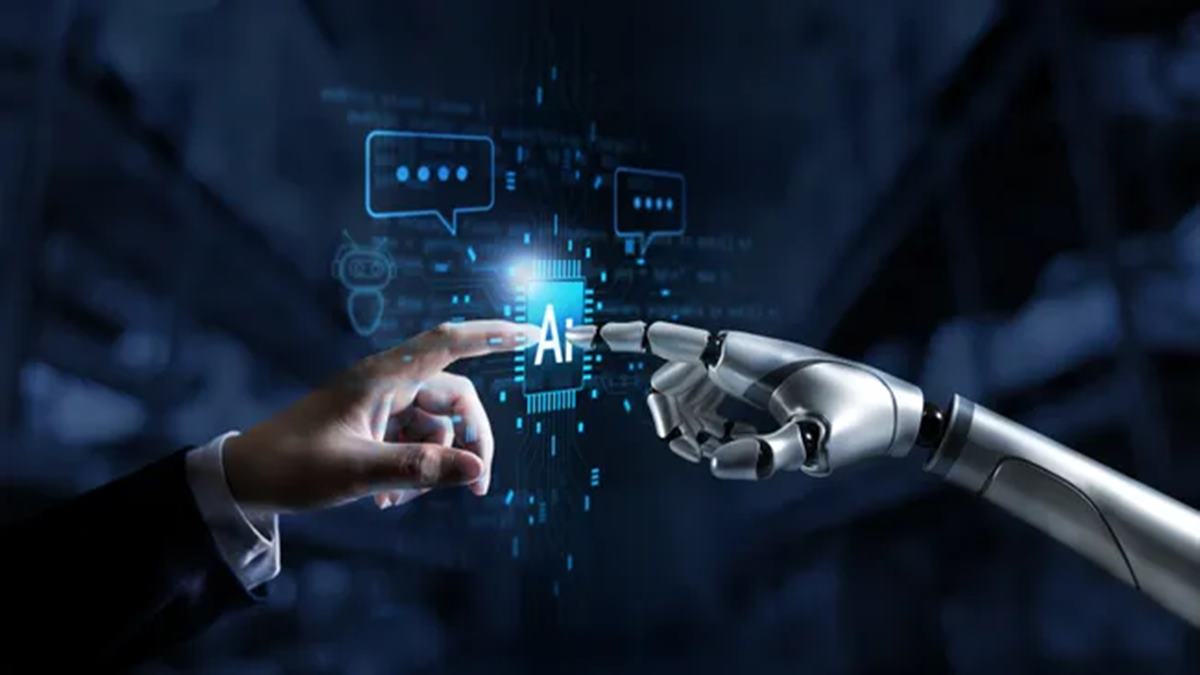There are many articles online about how businesses can and should adopt AI. Every business in the world is either adopting, trying to adopt, or in increasing fear of missing out for every day that they do not adopt AI. But what does this mean for employees? A new Stanford study outlines what many have suspected, namely that AI is having a profound impact on the job market, albeit in an uneven manner. We explore the connection between employees and AI. As an employee, do you know the stages your company will go through? Can you identify what stage your company is in? And can you determine what it means for you?
A Primer on Artificial Intelligence
My goal is not to provide a detailed overview of AI, but rather to provide a quick primer that will hopefully help explain why the impact of AI on companies is as I describe it later in the article. Put very simply, AI is a series of algorithms (a very large number of varying types) that at their core perform one task – finding patterns in data. When such patterns are found, the AI uses them to predict outcomes, which can include answering questions, generating text, detecting specific situations, making recommendations, and so on.
This ability, as we have all seen, has generated substantial outcomes in the last few years alone. AI is now able to generate computer programs, solve puzzles, write emails, recommend products, detect diseases, and perform countless other tasks. But for a business, what does this mean?
How To Think About The Business
A simple way to start to assess the impact of AI on your business is to think about how the business operates. Most businesses provide a product or service that the customer pays for. This product (or service) is created by a sequence of teams that perform functions from product definition to building, to testing, to documentation, to marketing, and to sales. Without each of these, the product would not turn into the end revenue.
Stage 1: The Productivity Gain
The first impact that AI often has on a team is to improve productivity. When AI automates a task, the human responsible can do more in a given time frame. Put another way, if the workload remains the same, fewer humans are required to deliver the same outcomes.
This by itself is not an issue. The problem occurs when you put this improvement in the context of the product cycle. AI does not accelerate every team the same way. How much each team accelerates will depend on what they do, how quickly they adopt AI, how well it works for them, and so forth. Given this, the fact that a single team’s productivity can improve does not mean the company will produce more products. In fact, even if it does, unless the sales team can sell more products, it does not mean the company makes more money.
What is, unfortunately, far easier with AI, is that a company can make the same number of products with fewer people. The easiest return on investment for AI in such a situation is where revenue stays the same and costs go down. This is very likely the first step of AI adoption in many organizations.
Stage 2: More Volume Of Existing Products
The most logical Stage 2 would be to see if the company can make more revenue by making more products, making them faster, or making them better. This will require coordination between multiple teams, and the existence of a market that can generate revenue for a greater quantity of products or support higher value products. When this can occur, there is now room and justification for more people, even at greater productivity per person, since the workload increases.
Stage 3: New Products
Stage 3 is where entirely new products can be built, leveraging unique abilities provided by AI. If and when this occurs, entire teams can be created, requiring more people, again, even at a higher productivity per person.
More Complex Than This
The above structure, while useful, is clearly a simplification of what happens. For example, some companies may decide to enter Stage 3 and skip Stage 2 completely. Others may try Stage 3 and give up quickly, dismantling entire Stage 3 organizations. Regulatory pressures within your industry may prevent companies from entering Stage 3, or market saturation may prevent Stage 2, even if the logistical challenges can be overcome. Companies may also enter Stage 3 without adequate planning or out of pressure if they see competitors doing it, or are encouraged by investors to do it. It is also worth noting that Stages 1, 2, and 3 will impact workers differently depending on role and seniority. Finally, depending on the company, transitions between stages can take different lengths of time (for example, a company with regulations around layoffs will take longer to execute Stage 1). It is also likely that, beyond Stage 3, AI will transform entire industries over time. While the overall structure is helpful, be aware that these stages are not a linear progression, that all jobs will not be equally impacted, and assess what unique circumstances apply to your company.
Where are you?
There are many announcements about companies cutting employees or new hiring due to AI. Some of these are due to Stage 1. Some companies have stated that it is to support additional investment for Stage 2 or Stage 3 activities. The question is, what should an employee do?
- Find companies and teams that are in Stage 2 or Stage 3.
- If you are in Stage 1 – learn as much AI as possible and improve your productivity, since the headcount will likely go down.
- Assess your company’s ability to shift from Stage 1 to 2 to 3, or even go directly to 3. If your company is slow-moving through these stages, you are more likely to get caught in a Stage 1 headcount reduction.
- If your company has multiple products, as many large corporations do, see whether there are other departments in Stage 2, or new departments being formed for Stage 3. It is also possible that your company will shed even successful products to save money to invest in new Stage 3 initiatives (as you see here). This is where the jobs are likely to be.
No matter what, improving your AI Fluency will help you. Try to be the employee who can help the company grow with AI. If you are the employee who can help others learn AI and find new uses for AI, you are less likely to be the one caught in a Stage 1 headcount reduction, and be more valuable for new hiring in Stage 2 or Stage 3. How can you do this? Here are some tips.
- Try as many AI tools as you can in your spare time. Apply your domain expertise and form your own opinion on whether a tool adds value to your business.
- Understand how the tools work, not in great depth (not mathematically!) but at enough depth that you can appreciate what makes a new advance different or better.
- Understand the common beliefs and trends of AI in your business or in your specialization. What are your company’s competitors doing and why? Depending on your job role, what are people in other companies in your role doing to upskill themselves in AI?
- Engage your workplace in AI. Perhaps propose to your manager an informal gathering to explain AI. Set yourself up as the go-to expert.
- Understand that there will be evolution within both companies and the industries that contain them. No matter what changes a company makes, industry-level changes can cause further disruptions, causing companies to roll in and out of stages. This is also why it is important to stay engaged with AI, so that you can adapt to these changes, which will likely be beyond your control.
Takeaways
As AI expands, we will see more of this connection between employees and AI. Individuals will see it directly affecting their workplace. It is wise to see what is happening, adapt, and ideally leverage the changes for your benefit.




















